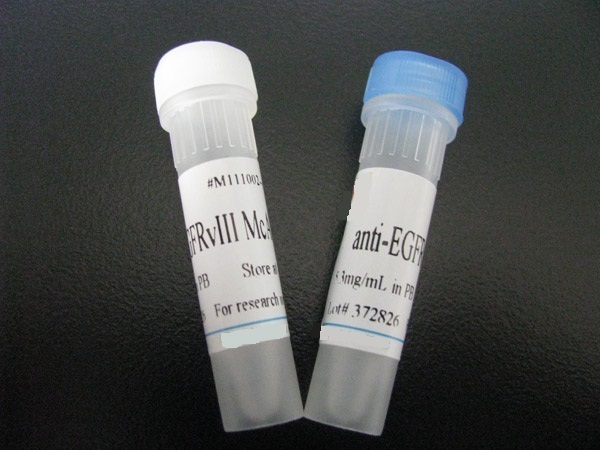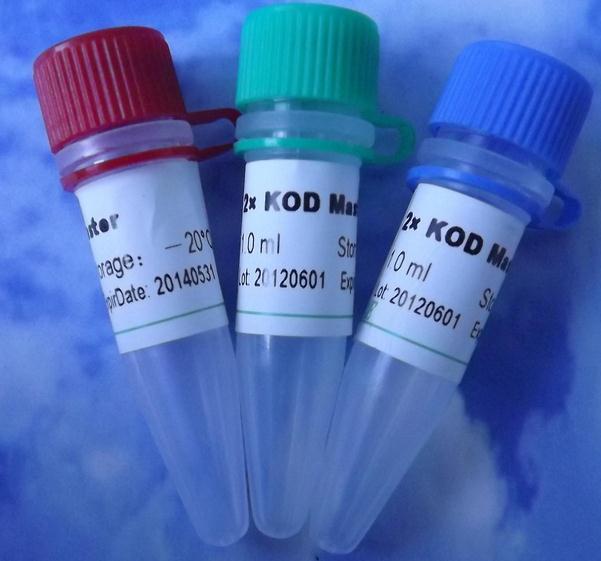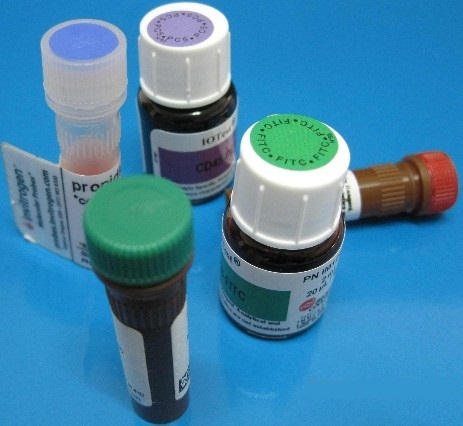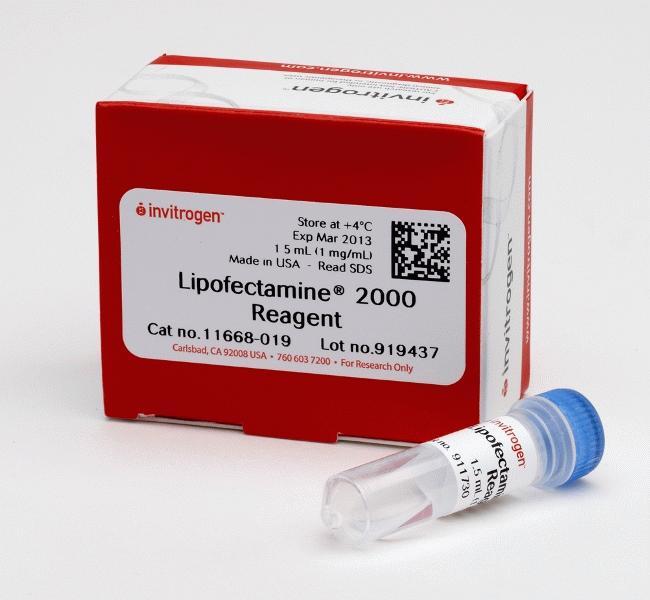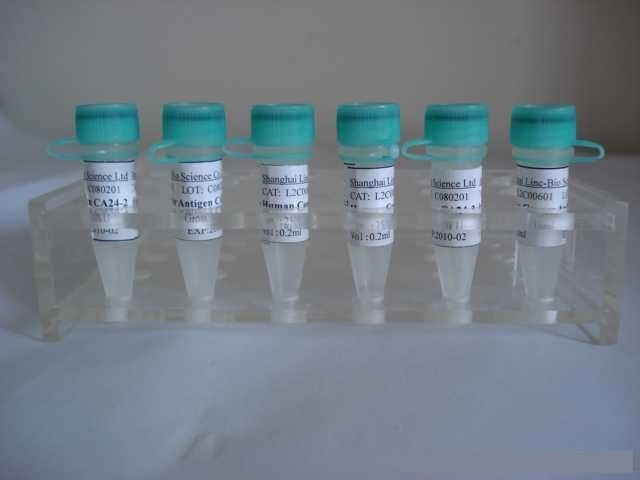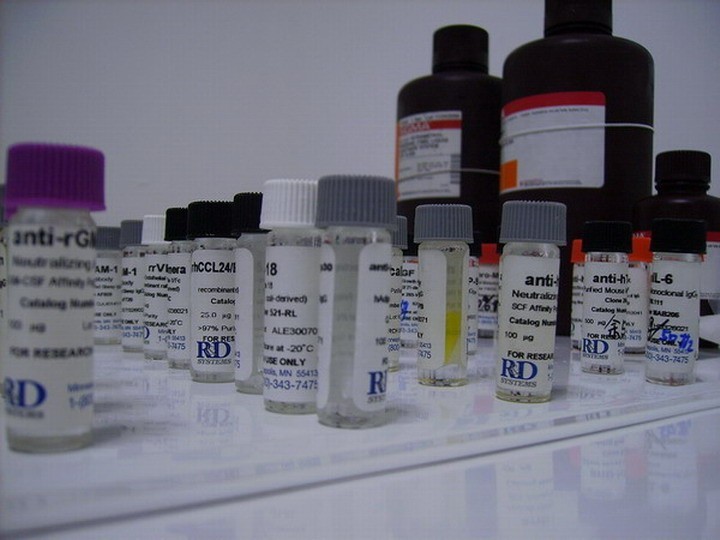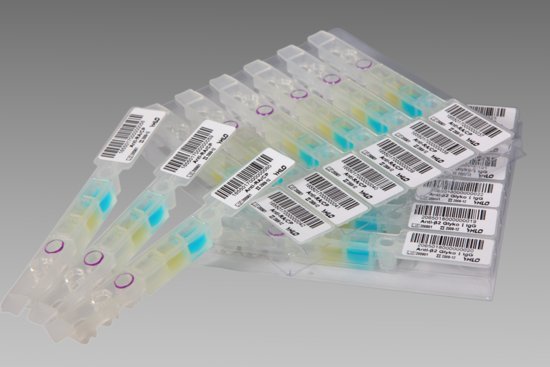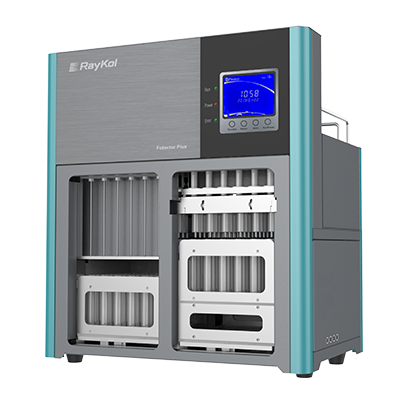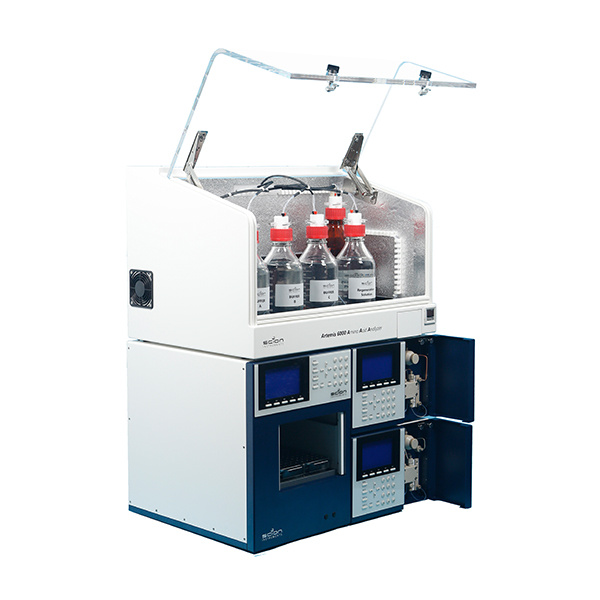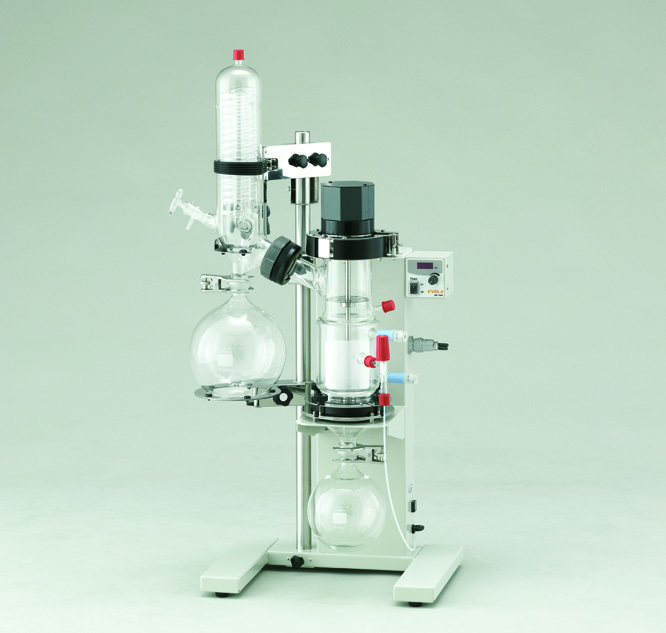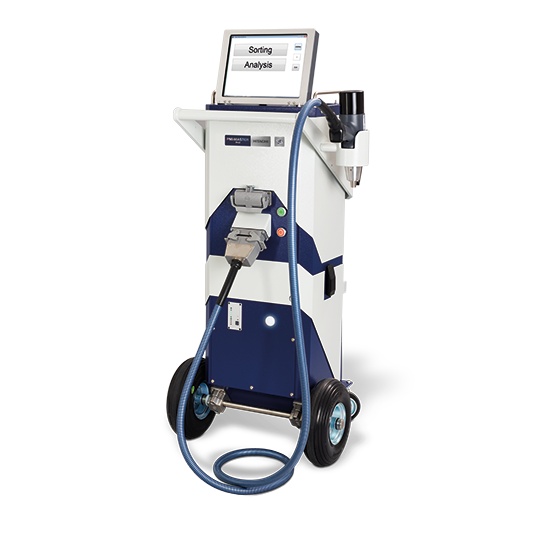浓 度 1mg/1ml
规 格 0.1ml/100μg 0.2ml/200μg
抗体来源 Rabbit
克隆类型 polyclonal
交叉反应 Human, Mouse, Rat
产品类型 一抗
研究领域 肿瘤 细胞生物 细胞类型标志物
蛋白分子量 predicted molecular weight: 156-265kDa
性 状 Lyophilized or Liquid
免 疫 原 KLH conjugated synthetic peptide derived from human DMBT1 C-terminus
亚 型 IgG
纯化方法 affinity purified by Protein A
储 存 液 0.01M PBS, pH 7.4 with 10 mg/ml BSA and 0.1% Sodium azide
产品应用 WB=1:100-500 ELISA=1:500-1000 IP=1:20-100 IHC-P=1:100-500 IHC-F=1:100-500 IF=1:100-500
(石蜡切片需做抗原修复)
not yet tested in other applications.
optimal dilutions/concentrations should be determined by the end user.
保存条件 Store at -20 °C for one year. Avoid repeated freeze/thaw cycles. The lyophilized antibody is stable at room temperature for at least one month and for greater than a year when kept at -20°C. When reconstituted in sterile pH 7.4 0.01M PBS or diluent of antibody the antibody is stable for at least two weeks at 2-4 °C.
Important Note This product as supplied is intended for research use only, not for use in human, therapeutic or diagnostic applications.
抑癌基因抗体产品介绍 DMBT 1 may play roles in mucosal defense system, cellular immune defense and epithelial differentiation. May play a role in liver regeneration. May be an important factor in fate decision and differentiation of transit-amplifying ductular(oval) cells within the hepatic lineage. May function as a binding protein in saliva for the regulation of taste sensation. May play a role as an opsonin receptor for SFTPD and SPAR in macrophages tissues throughout the body, including epithelial cells lining the gastrointestinal tract. Required for terminal differentiation of columnar epithelial cells during early embryogenesis. [Subcellular Location] Secreted. Membrane. [Tissue Specificity] Expressed in von Ebner glands (VEG) (at protein level), olfactory epithelium and the lateral nasal gland. Expressed in transit-amplifying ductular (oval) cells. Up-regulated at day 3 after hepatectomy. Expressed in newly formed bile ducts and in structures resembling intestinal epithelium. Belongs to the DMBT1 family.
Function : May be considered as a candidate tumor suppressor gene for brain, lung, esophageal, gastric, and colorectal cancers. May play roles in mucosal defense system, cellular immune defense and epithelial differentiation. May play a role as an opsonin receptor for SFTPD and SPAR in macrophage tissues throughout the body, including epithelial cells lining the gastrointestinal tract. May play a role in liver regeneration. May be an important factor in fate decision and differentiation of transit-amplifying ductular (oval) cells within the hepatic lineage. Required for terminal differentiation of columnar epithelial cells during early embryogenesis. May function as a binding protein in saliva for the regulation of taste sensation. Binds to HIV-1 envelope protein and has been shown to both inhibit and facilitate viral transmission. Displays a broad calcium-dependent binding spectrum against both Gram-positive and Gram-negative bacteria, suggesting a role in defense against bacterial pathogens. Binds to a range of poly-sulfated and poly-phosphorylated ligands which may explain its broad bacterial-binding specificity. Inhibits cytoinvasion of S.enterica. Associates with the actin cytoskeleton and is involved in its remodeling during regulated exocytosis. Interacts with pancreatic zymogens in a pH-dependent manner and may act as a Golgi cargo receptor in the regulated secretory pathway of the pancreatic acinar cell.
Subcellular Location : Secreted. Some isoforms may be membrane-bound. Localized to the lumenal aspect of crypt cells in the small intestine. In the colon, seen in the lumenal aspect of surface epithelial cells. Formed in the ducts of von Ebner gland, and released into the fluid bathing the taste buds contained in the taste papillae.
Tissue Specificity : Highly expressed in alveolar and macrophage tissues. In some macrophages, expression is seen on the membrane, and in other macrophages, strongly expressed in the phagosome/phagolysosome compartments. Expressed in lung, trachea, salivary gland, small intestine and stomach. In pancreas, expressed in certain cells of the islets of Langerhans. In digestive tract, confined to tissues with large epithelial surfaces. In intestinal tissue, moderately expressed in epithelial cells of the midcrypts and the crypt base. Expression is significantly elevated in intestinal tissue from patients with inflammatory bowel disease (IBD), particularly in surface epithelial and Paneth cells, but not in IBD patients with mutant NOD2. Present in crypt bases of the duodenum, in crypt tops of the colon, and in collecting ducts of the cortical kidney. Expressed in stratified squamous epithelium of vagina and in outer luminar surface and basilar region of columnar epithelial cells in cervix (at protein level). Isoform 1 is secreted to the lumen of the respiratory tract.
Post-translational modifications : Highly N- and O-glycosylated. The O-glycans are heavily sulfated.
DISEASE : Defects in DMBT1 are involved in the development of glioma (GLM) [MIM:137800]. Gliomas are central nervous system neoplasms derived from glial cells and comprise astrocytomas, glioblastoma multiforme, oligodendrogliomas, and ependymomas. Note=Homozygous deletions may be the predominant mechanism of DMBT1 inactivation playing a role in carcinogenesis. DMBT1 is deleted in medulloblastoma and glioblastoma cell lines; point mutations have also been reported in patients with glioma. A loss or reduction of DMBT1 expression has been seen in esophageal, gastric, lung and colorectal carcinomas as well.
Similarity : Belongs to the DMBT1 family.
Contains 2 CUB domains.
Contains 14 SRCR domains.
Contains 1 ZP domain.
DMBT1是分泌型的清道夫受体,富含半胱氨酸,主要在肠道表达,参与再生和防御病原体的功能。 有学者认为:DMBT1在消化系统的恶性肿瘤的发生、发展及转移中起一定作用。
![]()




